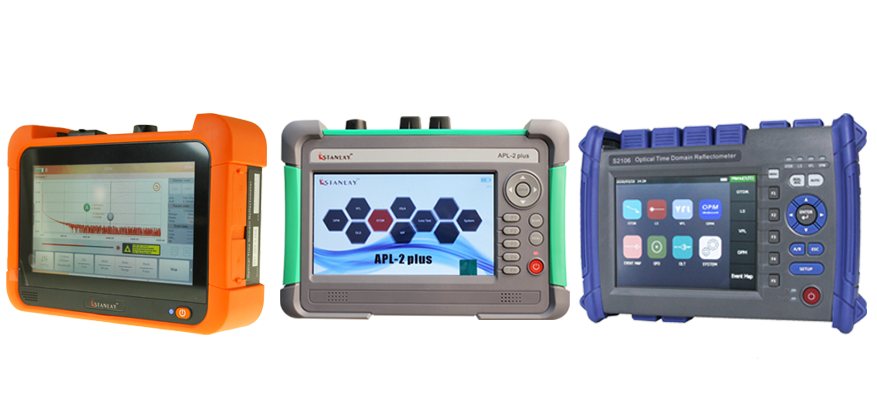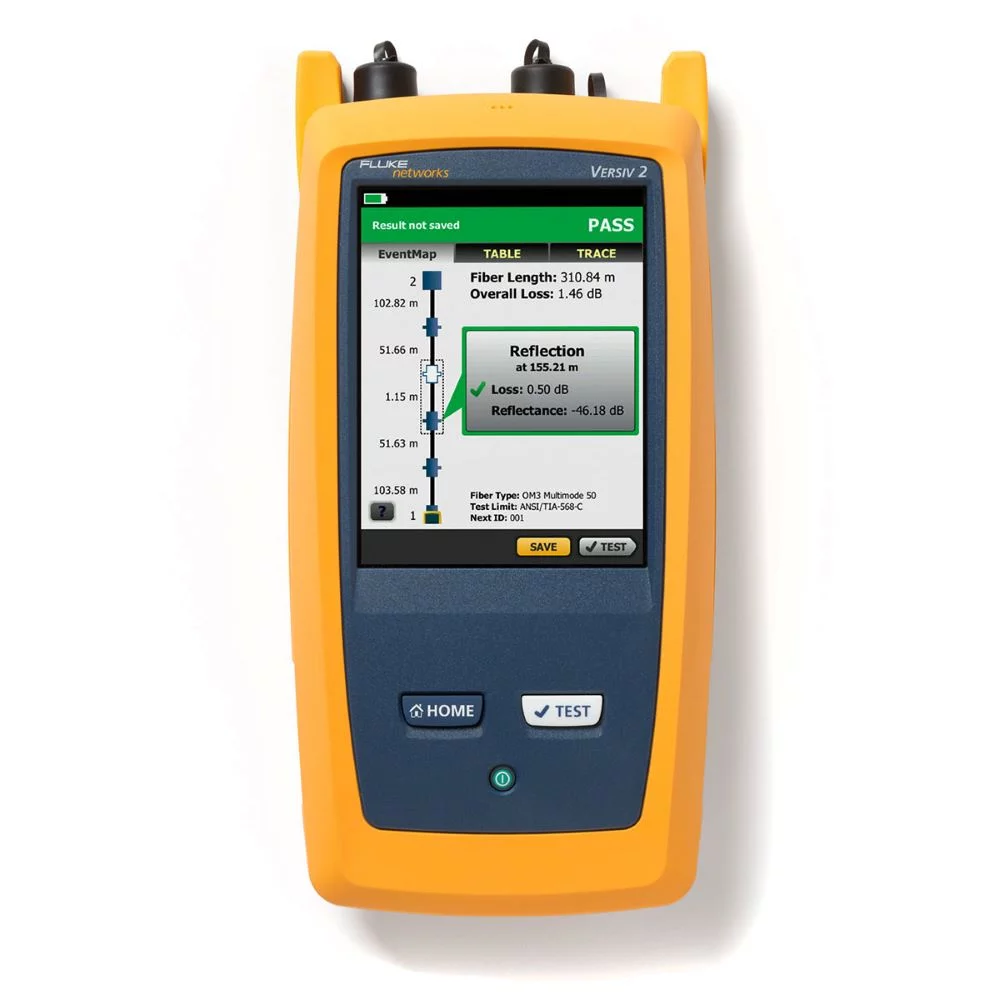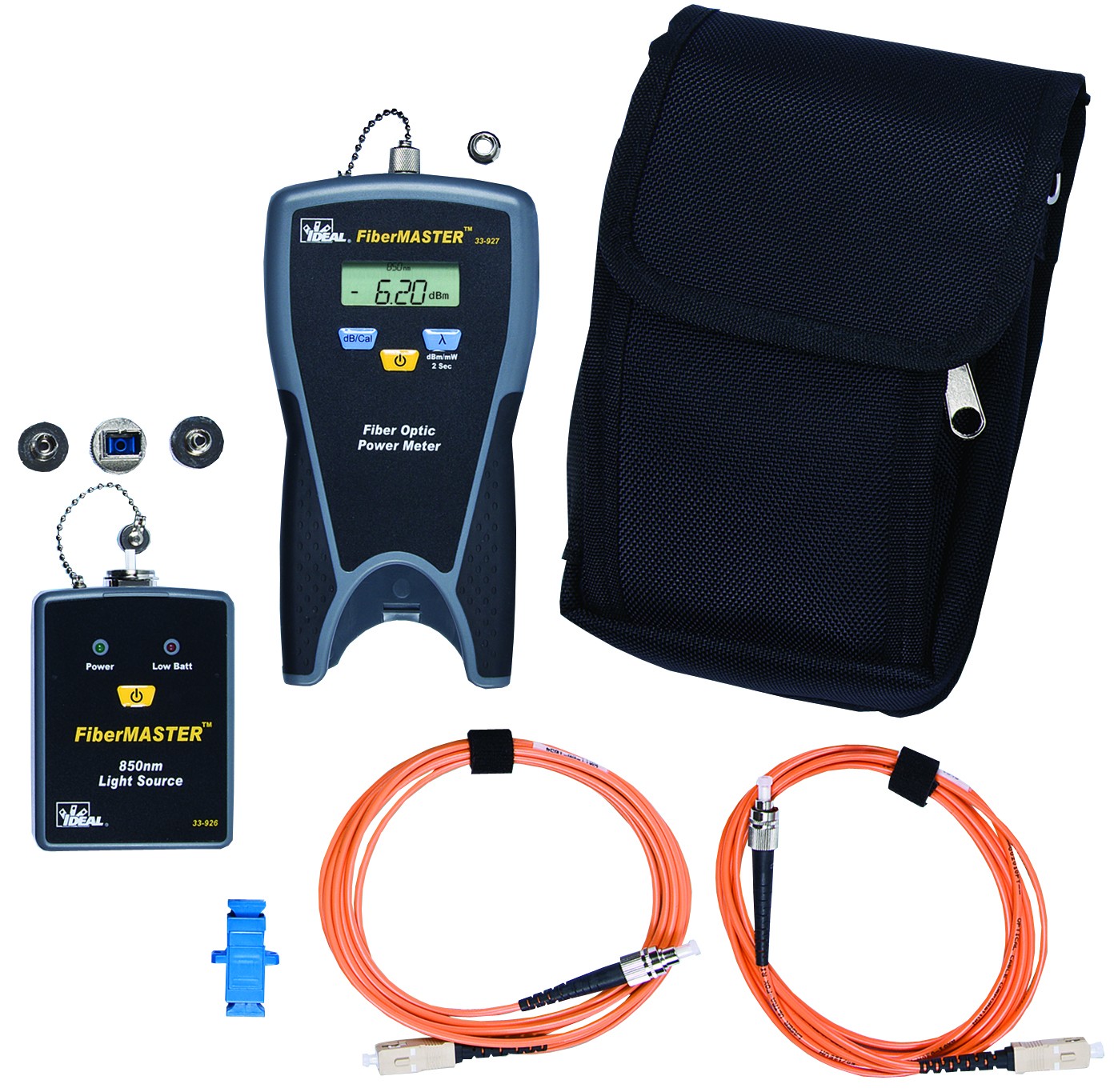From novice to expert: Getting started with optical fibre diameter analyzer
From novice to expert: Getting started with optical fibre diameter analyzer
Blog Article
Checking Out Advanced Techniques in Fiber Measurement and Their Sector Impact
In today's fabric market, precise fiber dimension is necessary for enhancing production procedures and meeting sustainability objectives. With the rise of ingenious imaging and analytical devices, you can gain deeper insights into fiber structure and make-up. This shift not just boosts efficiency but also straightens with market requirements. As these sophisticated strategies advance, you might ask yourself how they can additionally transform producing methods and impact the future of fabrics.
The Importance of Accurate Fiber Measurement in Textile Manufacturing

Ingenious Imaging Technologies for Fiber Evaluation
When it comes to fiber evaluation, ingenious imaging modern technologies are game changers. High-resolution microscopy methods and spectroscopic evaluation techniques offer you with comprehensive insights into fiber framework and composition. These innovations not only improve precision but additionally enhance your dimension processes.
High-Resolution Microscopy Techniques
High-resolution microscopy strategies have actually changed fiber evaluation, permitting researchers to visualize fibers at unmatched degrees of information. With methods like scanning electron microscopy (SEM) and transmission electron microscopy (TEM), you can observe fiber morphology, surface attributes, and cross-sections with remarkable quality. These techniques allow you to compare different fiber kinds and evaluate their architectural honesty. You'll find that high-resolution imaging assists identify problems, additions, and other critical qualities that can affect material efficiency. Moreover, improvements in electronic imaging software application have boosted picture processing, making it much easier to examine and interpret data. By adopting these ingenious strategies, you can drive greater accuracy in fiber measurement and add to advancements in numerous sectors, from fabrics to composites.
Spectroscopic Analysis Methods
Spectroscopic analysis techniques have actually become powerful tools for fiber characterization, supplying understandings that enhance high-resolution microscopy. You can make use of strategies like infrared (IR) spectroscopy, which helps identify the chemical structure of fibers by measuring molecular resonances. Raman spectroscopy offers another layer of information, allowing you to analyze molecular structures with scattering of single light. These approaches not only enhance your understanding of fiber properties yet likewise allow the discovery of pollutants and structural variations. By incorporating spectroscopic methods with standard microscopy, you get an extra substantial view of fibers' physical and chemical qualities, improving your research precision. Eventually, these innovations can notably impact product selection and quality assurance in various markets.
Advanced Analytical Tools and Their Applications
As you check out the domain of fiber measurement, you'll find that innovative logical devices play a necessary role in boosting accuracy and effectiveness. Strategies like high-performance fluid chromatography (HPLC) and gas chromatography (GC) allow you to assess fiber structure with outstanding precision. These devices enable you to determine certain elements and contaminants, ensuring quality assurance in your products.Additionally, making use of scanning electron microscopy (SEM) provides you a comprehensive view of fiber framework, aiding you understand exactly how various treatments impact efficiency. Modern software program likewise simplifies data analysis, making it simpler to translate complex results and team up across teams.

Effect of Fiber Measurement on Production Efficiency
While accurate fiber dimension might feel like a little information, it considerably influences production efficiency in the textile sector. When you buy exact fiber dimension strategies, you can maximize basic material usage and minimize waste. This leads to much better resource allotment, enabling you to generate high-grade materials official statement without excessive using resources.By understanding fiber characteristics, you can customize production processes to details products, boosting your process and minimizing downtime. Recognizing the specific tensile toughness of fibers lets you change equipment setups for optimum efficiency. This not just accelerates production but likewise guarantees constant product quality.Moreover, precise fiber dimension assists you determine concerns early in the manufacturing line, preventing costly reworks and delays (fiber measurement). Generally, implementing sophisticated fiber dimension methods simplifies operations, enhances performance, and ultimately enhances earnings. In today's competitive market, every detail counts, and accurate fiber measurement is a game-changer
Sustainability Considerations in Fiber Analysis Techniques
When you analyze fiber, it's vital to consider lasting methods that can lessen ecological influence. Making use of green dimension methods and reducing waste in your analyses can substantially enhance your general sustainability. Additionally, integrating lifecycle evaluation into your strategies can give a clearer image of your fiber's ecological footprint.
Eco-Friendly Measurement Methods
Considering the growing demand for sustainability in different industries, embracing environment-friendly measurement methods for fiber assessment has actually become essential. You can begin by making use of non-toxic solvents and naturally degradable materials in your testing procedures. These options not just reduce ecological influence but additionally boost security for your group. Applying electronic dimension strategies can better decrease waste, as they frequently require fewer physical examples and sources. In addition, leveraging innovative technologies like near-infrared spectroscopy can produce exact results without damaging chemicals. By choosing these greener approaches, you add to an extra lasting future while maintaining high requirements in fiber quality. Inevitably, integrating eco-friendly techniques into your fiber evaluation not only lines up with customer values yet likewise boosts your brand name's track record.
Reducing Waste in Analysis
To efficiently decrease waste in fiber evaluation, you can apply methods that simplify your testing processes and decrease source intake. Begin by maximizing example dimensions; making use of smaller samples can generate precise outcomes while saving materials. Next off, buy multifunctional tools that allows for numerous examinations without requiring multiple devices, lowering power and resource use. You should additionally think about adopting electronic devices for data collection and analysis, which can reduce down on paper waste and improve effectiveness. Routinely training your team on sustainable techniques guarantees everyone's on board with waste reduction goals. Working together with providers who focus on sustainability can better boost your initiatives, permitting you to examine fibers while keeping a dedication to environmental duty.
Lifecycle Analysis Combination
Integrating lifecycle evaluation (LCA) right into fiber evaluation techniques can substantially enhance sustainability efforts. By taking a look at the ecological effects of fibers from production to disposal, you can identify locations for renovation. This technique aids you recognize source usage, power usage, and waste generation throughout the fiber's life.When you incorporate LCA, you're not simply measuring fiber features; you're likewise taking into consideration the eco-friendly impact. This holistic view allows you to make enlightened choices that focus on sustainability. You use this link may select fibers that require fewer sources or have a lower carbon influence. Ultimately, LCA empowers you to enhance processes, reduce waste, and promote eco-friendly options in fiber manufacturing, straightening your exercise with worldwide sustainability goals.
Market Criteria and Rules Forming Fiber Measurement
As the need for premium fiber items grows, understanding the industry criteria and policies that control fiber measurement ends up being essential. These standards assure consistency, accuracy, and security in the dimension procedure, which inevitably impacts item top quality. Organizations like ASTM International and ISO set forth standards that manufacturers should comply with, covering different facets such as fiber identification, stamina testing, and wetness material evaluation.

Future Trends in Fiber Measurement and Textile Production
Exactly how will improvements in modern technology improve fiber dimension and fabric manufacturing? You'll see a shift towards automation and real-time data evaluation, enhancing accuracy and effectiveness. Smart sensing units will check fiber buildings continuously, enabling immediate adjustments in production. This indicates you can anticipate greater top quality textiles with less waste.Moreover, AI and artificial intelligence will forecast patterns in consumer choices, making it possible for producers to adjust swiftly. fibre testing equipment. By incorporating blockchain modern technology, you'll have far better traceability of products, ensuring sustainability and ethical sourcing.Virtual truth and boosted truth will certainly contribute also, using immersive training experiences for employees on fiber handling and manufacturing processes.As you embrace these adjustments, the textile sector will certainly transform into an extra receptive, lasting, and innovative industry, establishing brand-new standards for high quality and performance. The future of fiber dimension and fabric production is brilliant, and it's time to jump on board
Often Asked Inquiries
What Are one of the most Usual Fiber Kind Measured in the Sector?
In the sector, you'll usually run into natural web link fibers like cotton and woollen, in addition to artificial choices such as polyester and nylon. Each kind has distinct residential or commercial properties, influencing their measurement and application in various items.
Just How Do Fiber Measurements Impact Consumer Product Top Quality?
Fiber dimensions straight influence customer product top quality by making certain consistency, toughness, and efficiency. When you recognize these metrics, you can make enlightened options, bring about boosted fulfillment and better general experiences with the products you use.
What Training Is Required for Fiber Measurement Technicians?
To become a fiber dimension specialist, you'll require specific training in textile science, dimension techniques, and tools operation. Hands-on experience and qualifications can improve your skills, making you competent in accurate fiber analysis and quality control.
Are There Any Type Of Accreditations for Fiber Measurement Professionals?
Yes, there are qualifications for fiber measurement experts. You can pursue options like the Qualified Fiber Optics Professional (CFOT) or numerous industry-specific qualifications that boost your experience and reliability in fiber dimension and testing.
Exactly How Can Small Companies Implement Fiber Measurement Techniques Successfully?
You can apply fiber measurement techniques properly by spending in inexpensive tools, training your team, and establishing clear methods. Collaborate with market specialists and continuously refine your processes to enhance accuracy and effectiveness with time.
Report this page